Three Steps to Applying PLG Concepts to Non-PLG Expansion Cycles
The concept of product-led-growth (PLG) has been revolutionary for software companies. PLG encourages companies to focus on quick, friction-free distribution, a delightful user experience and the ability to try the software before committing to a purchase.
Companies that employ a PLG strategy tend to zero in on the idea of an “aha” moment for their customer: the specific time that a user realizes the value of the product. For a PLG company, “aha” also means “ka-ching.” This is the moment that a free user of the product converts to a paying customer.
Of course, a PLG strategy doesn’t work for every product. Some products are skewed towards enterprise, with a combination of a lengthy sales cycle that requires multiple touchpoints and a complex implementation process. Most enterprise-software products are built to be sold and then expanded within an account, either by growing users or adding new products. This is the classic enterprise sales model – I land in your account with product #1 and try to grow usage of product #1 while also educating your organization on products #2, #3 and so on.
The question is: can you apply the “aha” moment to enterprise software sold the traditional non-PLG way? The enterprise customer who has purchased product #1 from you is in a similar place as the PLG individual who has started using your free product. Once you’ve got your foot in the door, you can start educating them on the benefits of taking that next step—building towards that “aha” moment.
Here’s how I think about creating an “aha” moment for an enterprise software company:
1. Introduce the customer to the product
The customer needs to go live on the product first. This step is the equivalent of downloading and installing the product in a PLG strategy. The sales cycle and implementation process are longer with enterprise software, but in both cases, you need to get the customer to begin using the product before you can start building towards your “aha” moment.
2. Identify the ROI
Your enterprise-sales cycle will have focused on helping your buyer build a business case for your product. You’ve identified some specific use cases, likely some particular metrics that the buyer can track to observe the value they’ll be getting from your product. Step two of this process is to define these metrics and the timing for when your customer will achieve their business case. I call this the value inflection point, which would be equivalent to the “aha” moment in the PLG world.
3. Measure the moment
Armed with the roadmap towards the value inflection point, the vendor needs to continuously monitor customer usage after production. This is critical to reaching the ROI goals. If the level of usage is in line with expectations, then the customer should be nearing the value inflection point.
This is the step many enterprise companies fall down on. They put so much time into the sales cycle (usually 6-plus months), and then additional time into the implementation cycle (3-plus months) and they lose energy to measure their impact. They kick the can to their customer-success teams to run a quarterly business review, but don’t provide a specific enough mission for that team to guide the customer towards that “aha” moment and drive expansion.
Marketing and customer-success (CS) need to collaborate and own this step together. Most CS teams are tasked with ensuring the health of the customer, when they should be focused on ensuring the customer reaches the inflection point and can definitively measure that they’re recognizing value.
Once the customer has reached that value inflection point, or “aha” moment, marketing’s role should be to measure that value impact and create a customer testimonial. Finally, the sales or account management team should re-engage with the customer to congratulate them on reaching this milestone and improving the metrics they were tracking. At this point, the customer is ready to expand and add on more users or more products.
PLG companies use their “aha” moment as a trigger to move the customer from free to paid. Enterprise companies can incorporate this concept into their expansion process – when a customer reaches this value inflection point, the sales team should be ready to introduce their next product.


